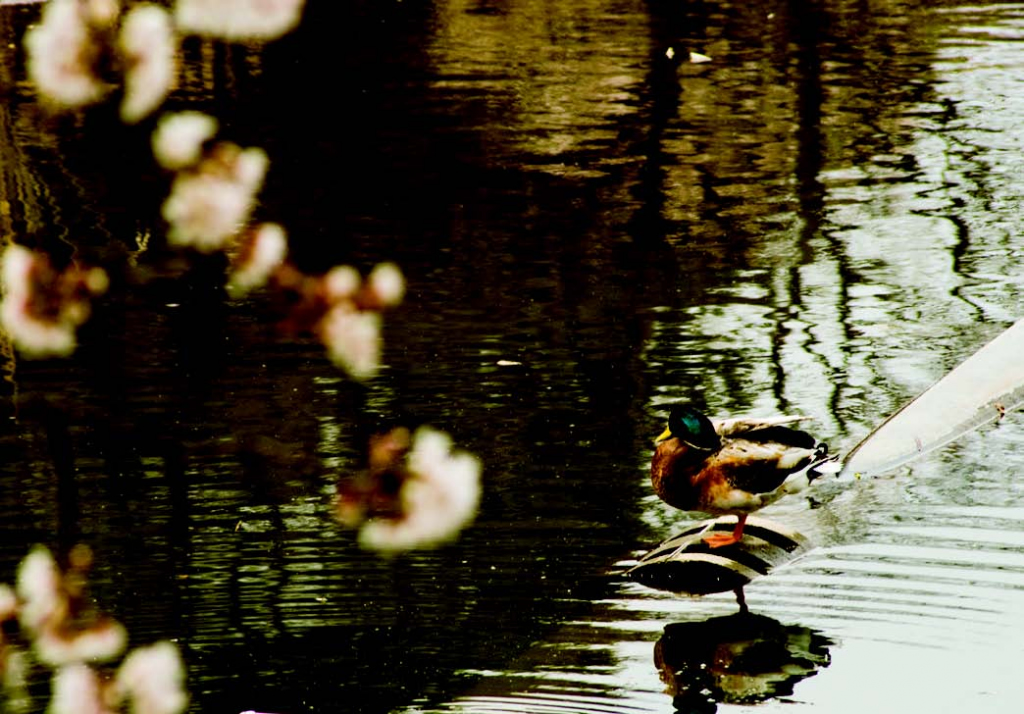I follow a Buddhist path; at least I make every effort to. As a recovering catholic I need something to keep me off the straight and narrow! Buddhism works well. Though it is usually described as one of the world’s great religions, I can’t help feeling that to be something of a misnomer; I do not think of myself as a religious man, but certainly someone for whom spirituality matters a good deal. In Buddhism I find a suitable accommodation, but it doesn’t feel like a religion, despite the fact that I am genuinely and deeply moved by visits to certain temples and by certain images, as a December visit to Nara brought into sharp focus. It is hard not to believe that images so old and so venerated do not absorb energy only to give it back to those willing to stop and be open in head and heart.
In Buddhism there is no creator god, no dogma, no one sitting in almighty judgment. The teachings of the Buddha are there to help you decide for yourself what kind of life you want to live; it’s your choice. The teachings set out a kind of manual for living a good life; a life rooted in the ethical, driven by the search for meaning, sustained by meditation, built on wisdom. The only judge you have to worry about is yourself: are you further along the path today than you were yesterday? In other words, are your thoughts and deeds contributing to make the world you live in a better place, not just for yourself, but for others, too?
In this, I take comfort. In this, I frame my ambitions. This is how I live my life.
For example, the walk from home to the station is along a river (and despite all Mr. Alex Kerr alleges in his otherwise excellent book, my stretch of this one is entirely natural; it has not been concreted over and the cherry trees on both banks are generally intact and natural in shape). The river is home to an astonishing variety of wildlife. Fish, of course, and turtles, and birds of all sorts: herons and cormorants, an assortment of ducks: the glorious mandarin and the wonderfully plump, white ‘puddle ducks’ of my youth. The kingfisher astonishes: a brilliant flash of color that each weekend has cameramen lined along the banks, their telescopic lenses poised to catch the moment when the elusive bird chooses to flit its nest. We’ve seen foxes here and raccoons, an owl, and even once, a magnificent ao-daisho–the Japanese rat-snake shedding its skin (“weed wide enough to wrap a fairy in”). And all of this, a mere fifteen minutes from Shinjuku by express train. For this accommodation, too, I give thanks, and for the peace of mind it allows me.









